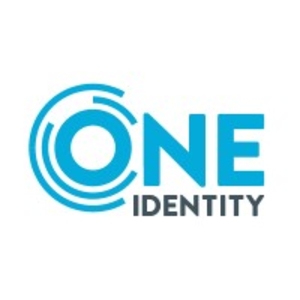We're introducing the solution's transparent mode for privileged sessions. This is part of what the client hasn't used before. It will simplify their administrative situation greatly. So far, the rollout of this feature has been a seamless process, but we're still in the midst of rolling it out. The benefits will be on the risk side. Right now, the way accounts are managed, you don't necessarily know who is using an account. There's a shared admin account, and that's not a good thing. And those accounts are shared in wallets by several people. One of the real benefits of safeguarding here is that the client will have an absolute audit of who is using an administrative interface, whether it's server or network.



